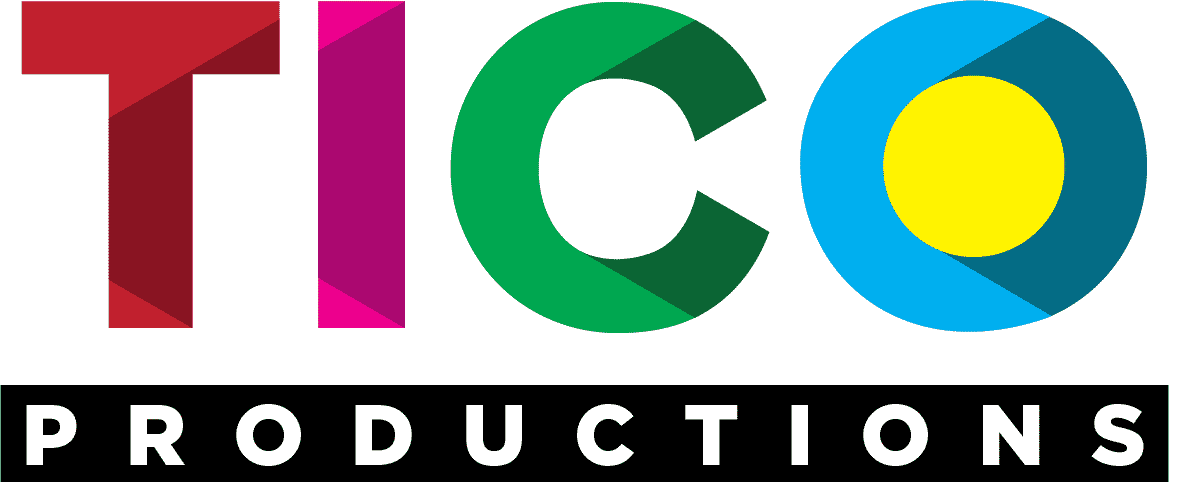
Learn How To Become a True Diversity Advocate:
By Dr. Andrea Hendricks, Diversity Thought Leader
How Can You Define the Word “Advocate”?
First, let me define what advocate means. An advocate is a person who publicly supports, argues for, or recommends a particular support for a cause or individual. There are three types of advocacies: self-advocacy, individual advocacy, and system advocacy. Advocacy is about helping people find their voice. Advocacy is also creating an environment where people feel safe to share and connect with others. Diversity advocacy has a slightly different definition.
Diversity advocates are committed to educating themselves and others about internal and external diversity dynamics related to the strengths, weaknesses, opportunities, and threats faced by those who have been marginalized for years. Diversity advocates have developed an inclusive worldview or set of beliefs. They are committed to promoting awareness, education, and appreciation of diversity throughout their workplace and communities. It is difficult to navigate or advocate or provide support to someone else if you are not healthy or comfortable in practicing diversity and inclusion for yourself. Accepting yourself is the first key for this process. You may not be able to help someone else at this time until you accept yourself: self-advocacy. Becoming a successful advocate for others is only possible once you are able to advocate for your own diverse well-being.
How the Engagement Framework Works
here is a diversity engagement framework that I share with leaders from time to time. The engagement framework has five levels. These five levels assist diversity advocates or diversity champions with a process for building and reaching advocacy best practices at all levels. This is a journey not a sprint. Overtime, leveraging this framework will help you identify how to be a better advocate for self and others.
- Increase Understanding about diversity and inclusion
- Enhance Knowledge about diversity and inclusion
- Expand Awareness and Appreciation for diversity and inclusion
- Influence Behavior (not change behavior) for better outcomes with diversity and inclusion
- Create Actions for self, individuals, and the organization
Often, we make being an advocate, mentor, or sponsor too hard. It is a remarkably effortless process that is put in place to ensure everyone in the workplace has meaningful connections and a seat at the table. Diverse employees may leverage their voice, have visibility, and share their vision just like everyone else—they are heard, seen, and included.
Next, on your journey to becoming a great diversity advocate one should consider two areas: diverse interactions and inclusion.
What Are Interactions?
What Are Interactions? From the very beginning of our existence are the interactions with family, friends and those who influence our lives as well as those we influence. This helps to define our perception of great interactions. Organizations need to ensure and leverage multicultural and diverse interactions for effective employee engagement. Far too often, you still witness employees working and socializing in monocultural groups, working in isolation or silos or the absence of trust. Engaging this way limits our ability to have meaningful relationships and fulfilled lives in the workplace. Those who have advocates, mentors, or sponsors, tend to gain more career advantages and opportunities. Diverse, multicultural interactions is all about leveraging highly engaging situations that position employees for success. Once you develop the framework for diverse interactions, diverse networks, and
diverse connections in and at that point you can begin to advocate at an elevated level. For example, research suggests that over 80% of career opportunities or opportunities in general in the workplace are usually based on the exact similar (like me) backgrounds and connections. We must work hard to break this mindset and level the playing field for all.
The Importance of Inclusion
Inclusion is the ability to engage diversity in your workforce so that everyone has equal opportunities to contribute—full engagement in the workplace. A person feels included and validated by their ability to consistently have an authentic seat at the decision-making tables within the organization. Inclusion is the strategy requiring that all individuals be valued for both their differences and input.
Inclusion is different than diversity. With inclusion, diverse individuals have a seat at the table, and they are leveraged for the unique perspectives they bring to the table leveraging this better in the workplace, requires leaders to ensure the internal experiences supports a sense of belonging, a person feeling valued and that all matter in the workplace. If leveraged correctly, overtime inclusive programs that are enhanced will allow diverse employees to make big investments in organizations.
Walking in other shoes is another great approach to have greater appreciation for others, to facilitate more inclusive engagements and to begin advocating on behalf of others. As we include others, we tend to develop a measuring stick of who or what is appropriate and worthy to be included within our circles. Humanity does not differ in any profound way because there are not varied species of human beings. If we could only put ourselves in the shoes of others to see how we would react, then we might become aware of the injustices, unequal treatment, and inequalities several diverse employees experience daily.
Building a House for Diversity and Inclusion Book: The Fable of the Elephant and the Giraffe by R. Roosevelt Thomas.
In a small community just outside of the city of Artiodact, there was a family of giraffes. They had worked hard to build themselves a new house with all their needs in mind: there were soaring ceilings and tall doorways, high windows with lots of light and narrow hallways that conserved space. It was such a wonderful house that it won the National Giraffe Home of the Year Award. One day the head giraffe was working in his new basement woodshop when he looked out the window and saw someone familiar. It was an elephant that he had worked with the local Parent-Teacher Association committee. Giraffe remembered that Elephant was a woodworker and an exciting thought occurred to him, “Maybe Elephant would like to work on some projects with me?” Giraffe stuck his head out the window and invited Elephant in. The Elephant was delighted; he had liked working with the giraffe and thought that this would be the perfect way to get to know him better. He walked up to the basement door and waited for Giraffe to open it. Giraffe opened the door, greeted elephant but then the two animals were faced with a problem, Elephant could get his head through the door, but he could go no further because the door was too narrow. Giraffe was not worried – he quickly explained to Elephant that the door was expandable in order to accommodate woodworking projects and equipment. With a pop of a bolt and a slip of a panel, Elephant was able to get through the door.
Here’s What Happened Next
The two acquaintances were happily exchanging woodworking stories when the phone rang. Giraffe saw that it was his boss and told Elephant he needed to take the call. He told Elephant to make himself at home and went upstairs to his office, apologizing that it might take a few minutes. Elephant decided to look around the workroom, saw a half-finished project in the far corner and decided to look at it. As he walked through the doorway to get to the far side, he heard an ominous sound as his backend crunched up against the sides of doorframe. He backed out. He decided to join the giraffe upstairs but as he tried to walk up the stairs, the stairs began to crack. He jumped off and hit the wall and made a huge dent in the drywall. He sat there disheveled and dismayed until Giraffe came back down the stairs. Giraffe was surprised and exclaimed, “What on earth is going on?” Elephant replied, looking slightly ashamed, “I was just trying to make myself at home.”
Giraffe looked around at his workshop and then smiled. “I see what’s going on here,” he said. “The doorway is too narrow for your large backend. We need to make you smaller. There is an aerobics studio in our neighborhood and if you take some classes, we could get you down to size.” Elephant looked like he wanted to shrink into the very wall that he had dented a few minutes earlier. “Maybe…” Giraffe continued, “ the stairs are obviously too weak to carry your weight. So, if you go to ballet classes at night, I am sure we can get you to a point where you are lighter on your feet. Can you do those things? It would be great if you could because it would be nice to work together.” “Perhaps,” said the elephant, “but to tell you the truth, I’m not sure that a house designed for a giraffe would ever really work for an elephant, unless there were major changes.”
Consider These Questions About the Fable
· What is going on with this fable related to diversity and inclusion?
· Who does the elephant represent in the workplace or community?
· Who does the giraffe represent in the workplace or community?
· What is the moral of this fable?
· Did the giraffe advocate on the Elephants behalf? Or just try to fix the Elephant
On your journey to become a true advocate, remember it is not your role to change the other person but to walk with them along their journey and create amazing experiences where both of you learn and grow together.
Dr. Andrea Hendricks
Interested in learning more about our DE&I practice? Set up your appointment here!
